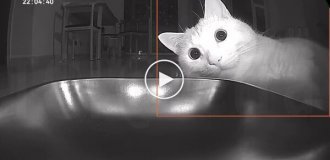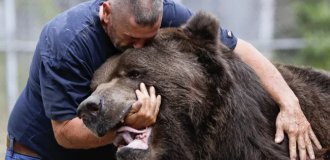Sparrow Extermination in China: A Horrible Mistake That Should Be Remembered for All Time (8 photos)
The mass destruction of sparrows is one of the worst environmental disasters not only in China, but in the whole world. Just imagine - it took more human lives than World War II! Because you can't joke around with nature. 
In the photo, people are celebrating their victory over the little birds. But they don't yet know what this will lead to...
It all started in 1958, when the country's government decided to achieve prosperity at all costs. The goal is cool, but what do some birds have to do with it, you ask? It's simple: at the instigation of failing biologists, officials signed a decree recognizing rats, mosquitoes, flies and sparrows as terrible pests, without which China would become a leader in the whole world tomorrow. 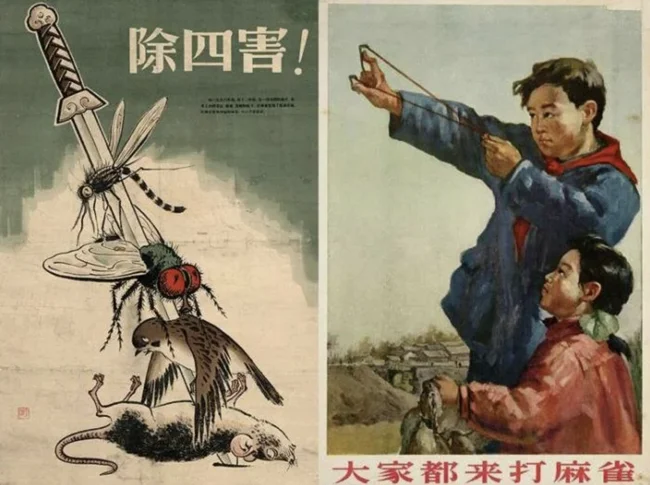
This is what the "advertising" campaign looked like. By modern standards, it looks pretty creepy.
With rodents and insects, everything is clear - these comrades are not the most pleasant and even dangerous. Rats, mosquitoes and flies carry diseases, spoil food and prevent people from living in peace. And sparrows, you won't believe it, were accused of gluttony and theft! They say that they destroy a significant part of the rice, wheat and other crops. Someone very smart calculated that one bird eats about 4 kilograms of grain per year. If you multiply this number by the number of sparrows, then the missing harvest could feed 35 million people! 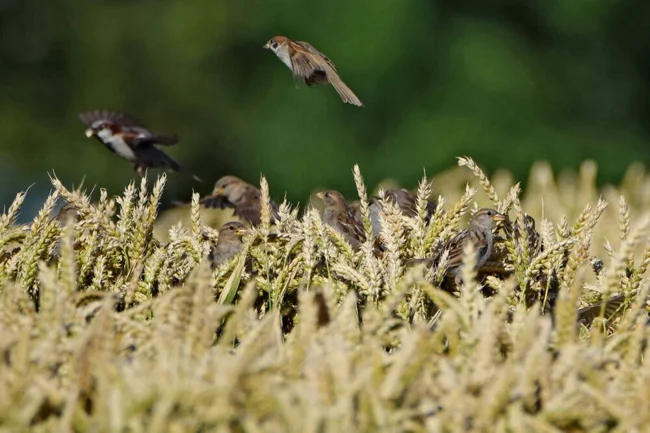
Sparrows do indeed feed on grain for most of their lives. But they eat not only valuable crops, but also the seeds of various weeds.
Based on the mathematical calculations of would-be biologists, officials have signed the death penalty for all sparrows in China. Yes, formally rodents and insects were also targeted, but these guys are very tenacious. And it turned out to be even easier to destroy all the sparrows in the country than they thought.
You know the saying "to chase a fly into a field"? Well, it's much easier to do this with sparrows. 15 minutes of continuous flight, and the exhausted bird lands on the ground, where it is easy to finish it off. People took drums, pots and other rattles, went outside, found a flock of birds and chased them from place to place until exhaustion. Residents climbed trees, broke nests and crushed chicks. Schoolchildren were taken out of class and given slingshots to shoot at birds. The people very actively supported the idea of punishing the winged thieves, so that in a couple of months over 2 billion sparrows were killed in China - almost the entire population of the country. And how many other small birds were caught in the crossfire, you can't count. 
This is how the birds were driven from the branches so that they could not hide and remained to rest in the open space.
In the fall, after all the sparrows were laid on the altar of madness, the country really celebrated the harvest of a record amount of grain. The joy was slightly spoiled by insect pests, but it was not a problem, because there were chemicals! The following year, the Chinese also rejoiced at the success. But the fields needed to be watered with insecticides more often — there were even more insects. But there was still a harvest, and what a harvest! And a year later it came — famine. 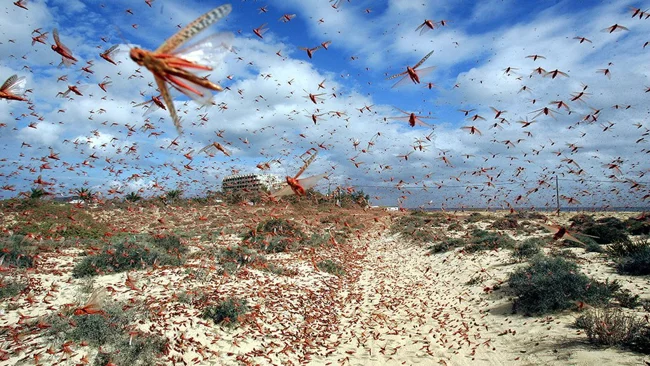
Hello! We have a surprise for you here — we ate everything you have been growing for so long!
Black clouds of locusts, caterpillars and beetles covered the fields and ate all the grain. In 1961, according to various sources, from 10 to 45 million people died from lack of food. This is a lot, a lot, even for such a densely populated country as China. For comparison: about 27 million people died in the USSR during the entire war. Therefore, we can safely say: China lost the war with nature. 
The killing of sparrows is considered one of Mao Zedong's greatest failures during his rule. After all, the consequences were catastrophic.
Sparrows turned out to be a supporting link in the ecological chain. Yes, these birds happily steal grain from the fields. But during the breeding season, when the birds feed their chicks, they catch insects with no less zeal. According to average estimates, up to 3 kg in just a few weeks! And the number of killed pests per day is from 150 to 300 pieces per nest. "Stealing" grain from the fields is considered a salary for hard work. 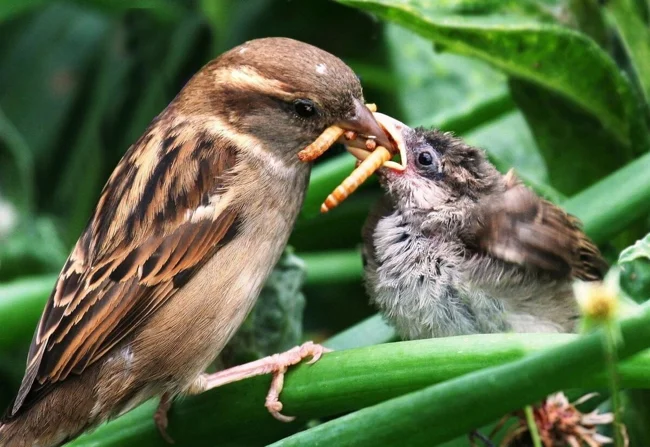
Parents diligently feed 4-7 hungry mouths. In a day, they catch food 1.5-2 times more than their own weight.
The government quickly realized what a huge mistake it had made. And made a new decision: to import helper sparrows from the USSR and Canada. The birds were caught with nets and urgently brought to China in whole train cars. 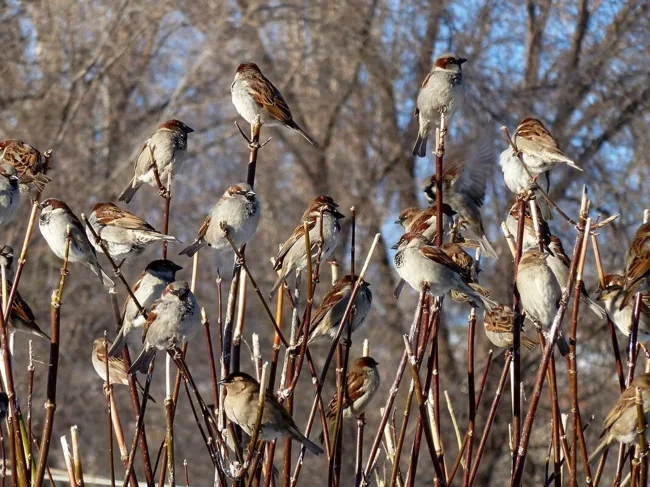
Hooray! The sparrows have blossomed!
The feathered migrants settled in their new place and quickly began to reproduce. Of course, so much food! Over time, the balance of bird forces in the country was restored, and the ecological catastrophe was curtailed. The city birds were left alone, and bedbugs were declared the enemy instead. But how many sacrifices on the part of people and birds were required to understand a simple truth: don’t break what works.


